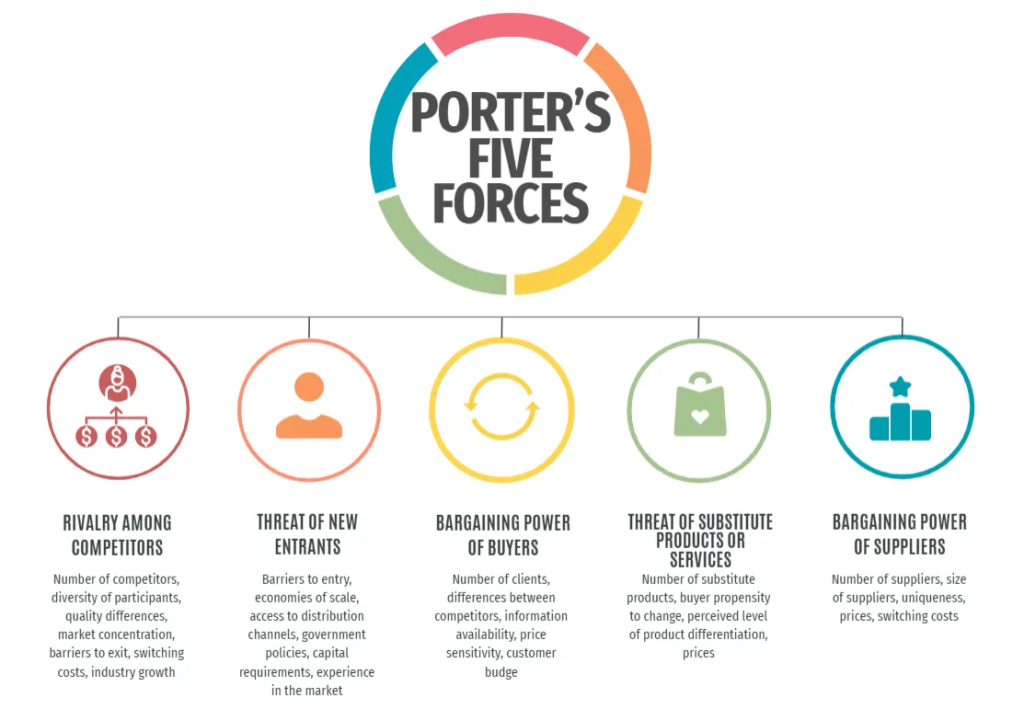
The resource-based view (RBV) argues that a firm’s sustained competitive advantage is based on its valuable, rare, inimitable, and nonsubstitutable resources (Barney, 1991). The capability of firms to create or acquire these resources affects their performance and competitiveness over their competitors.
The Resource-Based View (RBV) is a strategic management theory that focuses on the internal resources of an organization as the primary source of competitive advantage and performance. It emerged as a response to earlier theories that emphasized external factors such as industry structure and market conditions. Here’s an in-depth discussion of the Resource-Based View theory:
Key Concepts of RBV
1. Resources and Capabilities:
Resources: These are the tangible and intangible assets that a firm controls. Tangible resources include physical assets like machinery, buildings, and technology. Intangible resources include brands, patents, company culture, and intellectual property.
2. Capabilities: These refer to the firm’s ability to utilize its resources effectively. Capabilities are often seen as organizational processes, skills, and routines that integrate and apply resources.
- Heterogeneity and Immobility:
- Resource Heterogeneity: This implies that resources and capabilities differ across firms. Not all firms possess the same resources in terms of quality or quantity.
- Resource Immobility: This suggests that resources are not perfectly mobile and cannot be easily transferred or replicated by competitors. Resources tied to a firm are often unique and embedded in its processes.
- VRIO Framework: To determine whether a resource can be a source of sustained competitive advantage, RBV uses the VRIO framework. Resources must be:
- Valuable (V): They must enable a firm to implement strategies that improve efficiency and effectiveness.
- Rare (R): Resources must be scarce relative to demand; not all firms can access them.
- Inimitable (I): Resources should be difficult to replicate. This inimitability can arise from unique historical conditions, causal ambiguity, or social complexity.
- Organized (O): The firm must be organized to capture value from these resources. This involves having the right structure, systems, and policies in place.
- Sustained Competitive Advantage: A firm achieves sustained competitive advantage when it consistently outperforms its competitors over a long period. This is possible when a firm possesses VRIO resources that competitors cannot easily acquire or substitute.
Development and Evolution of RBV
The RBV was significantly shaped by the works of scholars like Birger Wernerfelt, Jay Barney, and Edith Penrose. Penrose’s 1959 book “The Theory of the Growth of the Firm” laid the groundwork by emphasizing the importance of internal resources in explaining firm growth. Wernerfelt’s 1984 article “A Resource-Based View of the Firm” formally introduced the concept, and Barney’s 1991 article “Firm Resources and Sustained Competitive Advantage” articulated the VRIO framework, providing a comprehensive analysis of how resources contribute to sustained competitive advantage.
Implications for Strategic Management
- Internal Analysis: RBV encourages firms to conduct a thorough internal analysis to identify and evaluate their resources and capabilities. This internal focus complements the external analysis emphasized in other strategic frameworks, such as Porter’s Five Forces.
- Resource Development: Firms are encouraged to invest in developing unique resources and capabilities that are valuable, rare, inimitable, and organized. This involves continuous learning, innovation, and adaptation.
- Strategic Decisions: Strategic decisions, such as diversification, mergers, acquisitions, and alliances, should be guided by the firm’s existing resources and capabilities. Firms should leverage their strengths while seeking to acquire resources that fill gaps or enhance current capabilities.
- Sustainability of Competitive Advantage: RBV highlights the importance of maintaining the sustainability of competitive advantages by protecting key resources and capabilities from imitation and substitution. This can involve legal protections (like patents), cultivating a strong corporate culture, and building complex, interdependent systems that are hard for competitors to replicate.
Criticisms and Limitations
While RBV has significantly influenced strategic management, it has faced criticism and limitations:
- Static Nature: Critics argue that RBV can be too static, focusing on existing resources without adequately addressing the dynamic nature of markets and technological change.
- Overemphasis on Internal Factors: Some suggest that RBV may underplay the importance of external factors and industry structure, which are also crucial for strategy formulation.
- Measurement Challenges: Measuring the value, rarity, inimitability, and organization of resources can be difficult and subjective.
Conclusion
The Resource-Based View theory provides a robust framework for understanding how firms can achieve and sustain competitive advantage through their unique resources and capabilities. By emphasizing the importance of internal strengths, RBV complements other strategic approaches that focus on external factors, offering a comprehensive perspective on strategic management.
